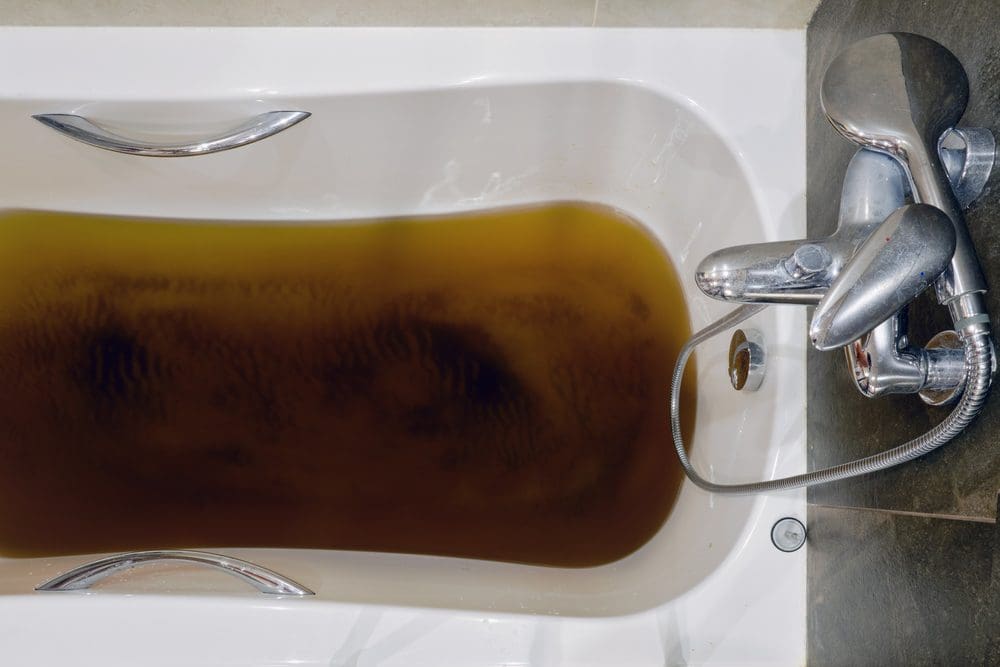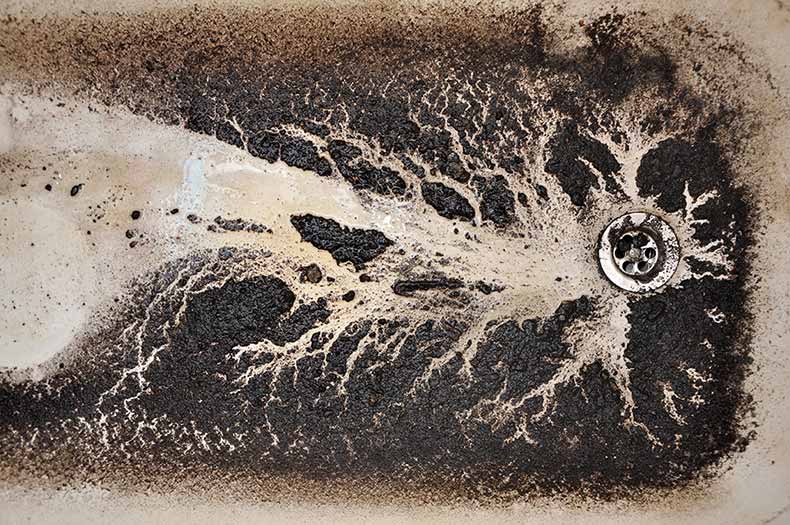Our Definitive Explanation: Sewage Coming Up Through the Bathtub
Our Definitive Explanation: Sewage Coming Up Through the Bathtub
Blog Article
This post in the next paragraphs pertaining to Water Coming up Bathtub Drain is definitely compelling. Don't skip it.

Sewage back-up in the bathtub can be a stressful and unsanitary problem for any type of house owner. Not only is it troublesome, but it likewise positions serious wellness threats and shows underlying issues with the plumbing system. Understanding why sewer is coming up through the tub is vital for taking appropriate activity to attend to the problem properly.
Intro to the Concern
Common Factors for Sewage Backup
Obstructions in the Sewage System Line
One of one of the most usual root causes of sewage backup is a clog in the sewage system line. This can take place because of the build-up of particles, oil, or international items in the pipelines, avoiding correct circulation and causing sewer to support right into your tub.
Tree Root Invasion
Tree roots looking for dampness and nutrients can penetrate drain lines through small cracks or joints. Over time, these origins can expand and broaden, triggering considerable damages to the pipelines and causing sewage backup concerns.
Understanding the Trouble
When sewer draws back up into the tub, it's a clear indication of a trouble with the drain system. The wastewater that should be flowing far from your home is instead finding its way back into your space, which can lead to substantial damage and carcinogen.
Potential Reasons
Numerous elements can contribute to sewer back-up in the tub. From obstructions in the drain line to issues with the plumbing facilities, determining the root cause is crucial for discovering an option.
Aging Framework
Older homes might have outdated plumbing systems that are extra at risk to corrosion, splits, and degeneration. As pipes age, they become much more susceptible to leaks and obstructions, raising the possibility of sewage backup occurrences.
Heavy Rainfall or Flooding
During periods of heavy rainfall or flooding, the drain system may become overloaded with excess water, causing backups and overflows. This can lead to sewage backing up right into tubs and other components inside the home.
Indications of Sewage Back-up
Foul Odors
Unpleasant odors rising from drains pipes or components, particularly in the restroom, may show sewage backup problems. These smells are typically strong and persistent, signifying a problem that requires immediate attention.
Slow Draining Fixtures
Tubs, sinks, and toilets that drain gradually or otherwise in any way could be experiencing sewer backup. If several components are impacted simultaneously, it's likely that the problem originates from a typical point, such as the primary sewer line.
Gurgling Sounds
Strange gurgling or bubbling sounds originating from drains when water is running somewhere else in your home are a measure of air trapped in the plumbing system. This air buildup can result from sewage back-up and should be examined without delay.
Wellness Threats Related To Sewage Backup
Contamination of Supply Of Water
Sewage back-up can contaminate the water system in your house, posing a significant health risk to you and your family members. Exposure to polluted water can cause gastrointestinal problems, skin infections, and other illnesses.
Mold Growth
Moisture from sewage back-up can produce optimal problems for mold and mildew growth in your home. Mold and mildew spores can exacerbate breathing troubles and create allergies in delicate people, making prompt clean-up vital.
Spread of Illness
Sewer includes harmful bacteria, infections, and bloodsuckers that can trigger a range of conditions, consisting of liver disease, cholera, and gastroenteritis. Entering into contact with sewer or infected surfaces puts you in jeopardy of infection.
Tidying up After Sewage Backup
Sanitation Procedures
Completely disinfect and sterilize impacted areas after sewage back-up to remove hazardous germs and stop mold development. Use appropriate cleansing products and protective gear to make sure secure and reliable clean-up.
Reconstruction of Affected Locations
Repair any type of damages to floor covering, walls, or fixtures triggered by sewer backup. Depending upon the degree of the damage, you might need to change carpeting, drywall, or various other products to recover your home to its pre-loss condition.
Immediate Actions to Take
Shutting Off Water
In case of sewage backup, it's important to switch off the supply of water to avoid additional contamination and damages. Find the primary water shutoff valve in your house and closed it off until the issue can be settled.
Calling an Expert Plumber
Managing sewage back-up is not a DIY task. Contact a certified plumber with experience in handling sewage-related concerns to evaluate the scenario and do essential repairs or clean-ups.
Preventing Contact with Infected Water
Till the sewer back-up is resolved, avoid contact with polluted water to prevent the spread of microorganisms and pathogens. Wear safety equipment if you must be in the affected area and wash your hands completely later.
Safety nets
Normal Upkeep of Drain Lines
Arrange regular assessments and upkeep of your sewage system lines to determine and address prospective concerns before they escalate into significant problems. This can include clearing out debris, evaluating for tree origin breach, and repairing any damaged pipelines.
Mounting Backwater Shutoffs
Think about installing bayou valves in your plumbing system to avoid sewer from flowing back right into your home during periods of heavy rainfall or flooding. These shutoffs automatically close when water draws back up, shielding your residential property from contamination.
Proper Disposal of Household Waste
Avoid purging anything other than bathroom tissue and human waste down the toilet to prevent clogs and blockages in the sewage system line. Dispose of grease, oil, and other household chemicals properly to decrease the threat of plumbing issues.
Why Is Water Backing Up in My Bathtub When I Flush My Toilet?
What to do about a sewer line clog
First, don’t bother with plunging. No amount of plunging will dislodge the clog in a sewer line. The clog is too far away. Plungers are for clogs in the toilet itself, not the sewer line. Plus, the most likely causes of a sewer clog are:
Tree roots Flushed toys or feminine products Grease buildup Those items don’t move easily. And in the case of tree roots, the roots need to be cut out of the pipe and the pipe will need to be repaired.
You’ll need a closet auger. A closet auger is a type of plumber’s snake with a protective cover to keep from scratching the delicate porcelain toilet. If the clog is further down, you may need to remove the toilet or use one of your cleanouts to get to the clog.
We also recommend doing a video inspection of the drain to ensure that the cause of the clog has been completely removed. Otherwise, you could have the same problem again in a few days or weeks.
https://mspplumbingheatingair.com/blog/why-is-water-backing-up-in-my-bathtub-when-i-flush-my-toilet

I was guided to that editorial on What To Do If Sewage Starts Backing Up Into the Shower from an associate on a different blog. Are you aware of anybody else who is occupied with Why is Sewage Backing Up Into My Bathtub?? Feel free to promote it. I enjoy your readership.
Call Today
Report this page